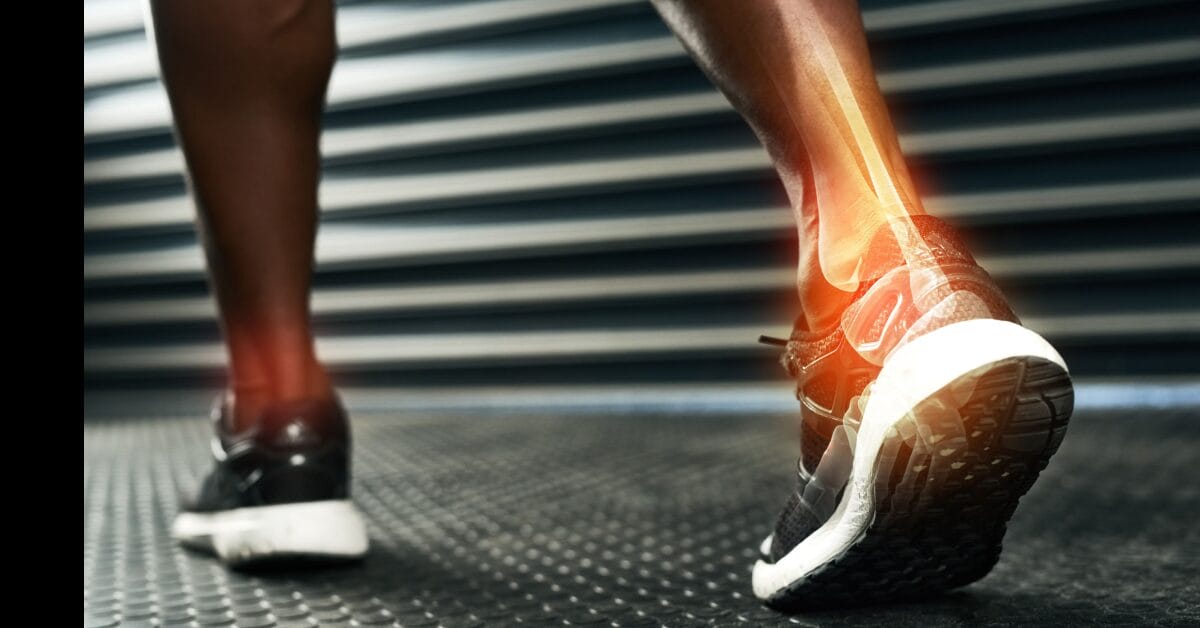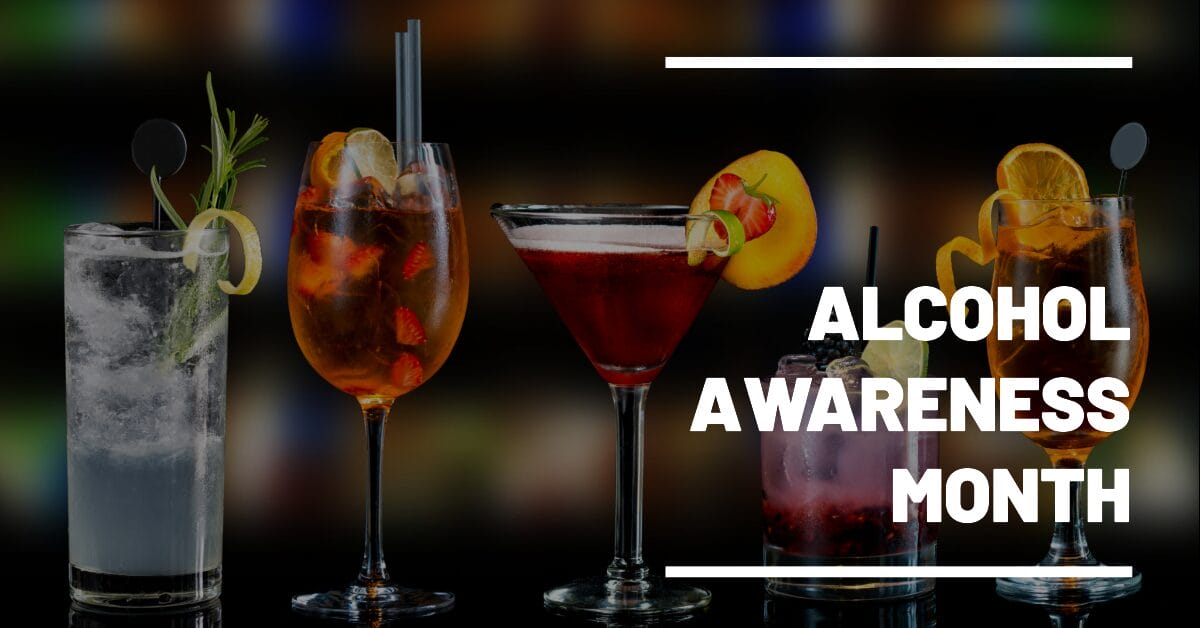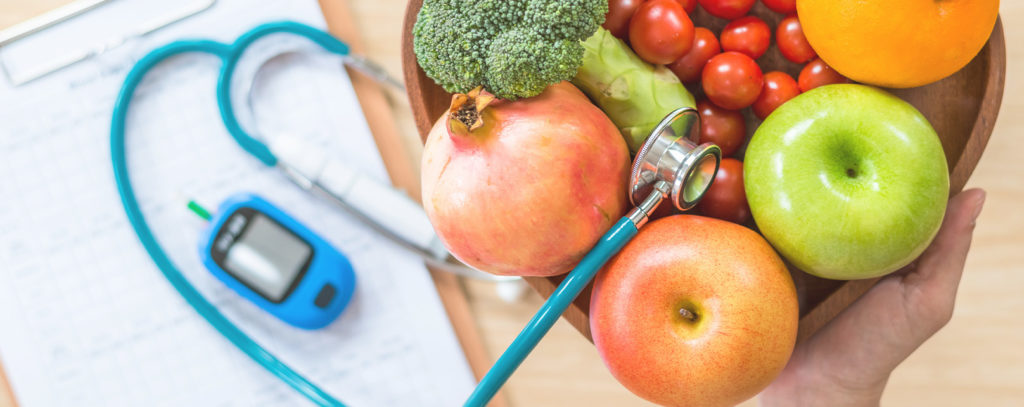In the pursuit of holistic wellness, back pain can be a significant obstacle. At East West Health Services, we understand the intricate relationship between physical discomfort and overall well-being. Combining the wisdom of Traditional Chinese Medicine (TCM) with modern therapeutic techniques, we offer a comprehensive approach to back pain relief and prevention.
Understanding Back Pain from a TCM Perspective
In TCM, there’s a well-known saying: “tong ze bu tong, tong ze bu tong” (通則不痛,痛則不通). It means that when Qi and Blood flow smoothly, there’s no pain; but if there’s a blockage, pain occurs. Back pain is often viewed as a manifestation of Qi and Blood stagnation or imbalance in the body’s energy channels. Factors such as emotional stress, dietary deficiencies, and poor lifestyle habits can contribute to these imbalances. To address back pain effectively, it’s essential to restore harmony to the body’s internal environment.
Preventing Back Pain the TCM Way:
- Promote Qi and Blood Circulation: Engage in activities that facilitate the smooth flow of Qi and Blood, such as acupuncture, tai chi, or qigong. These practices help to unblock energy channels, alleviate tension, and prevent stagnation, reducing the likelihood of back pain.
- Support Kidney and Liver Health: The Kidneys and Liver play vital roles in TCM, governing the health of the back and spine. Nourish these organs by incorporating foods like black beans, walnuts, and dark leafy greens into your diet.
- Maintain Proper Posture: Mindful posture is key to preventing back pain. Avoid slouching or sitting for prolonged periods, and incorporate ergonomic adjustments into your workspace and daily activities. Practice exercises that strengthen core muscles and promote spinal alignment, such as yoga or Pilates.
East West Health Services: Your Partner in Holistic Wellness
At East West Health Services, we are dedicated to addressing back pain holistically by targeting its root causes while providing effective relief. Our team of experienced practitioners will work closely with you to develop personalized treatment plans tailored to your individual needs and goals.
Through a combination of acupuncture, herbal remedies, cupping, and other therapeutic modalities, we aim to restore balance and harmony to the body, promoting lasting pain relief and improved well-being. Additionally, we provide guidance on lifestyle adjustments, dietary changes, and preventive measures to empower you to take control of your health.
Schedule your appointment today at www.chewhs.org/appointment or call 1-415-795-8100.
Disclaimer: No content on this site, regardless of date, should ever be used as a substitute for direct medical advice from your doctor or other qualified clinician.









